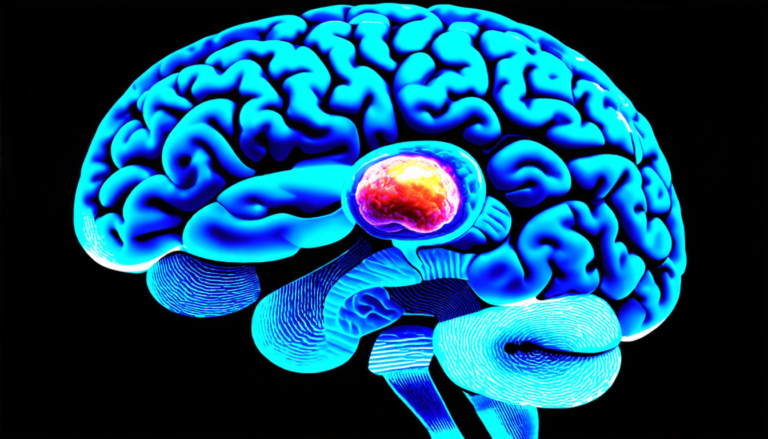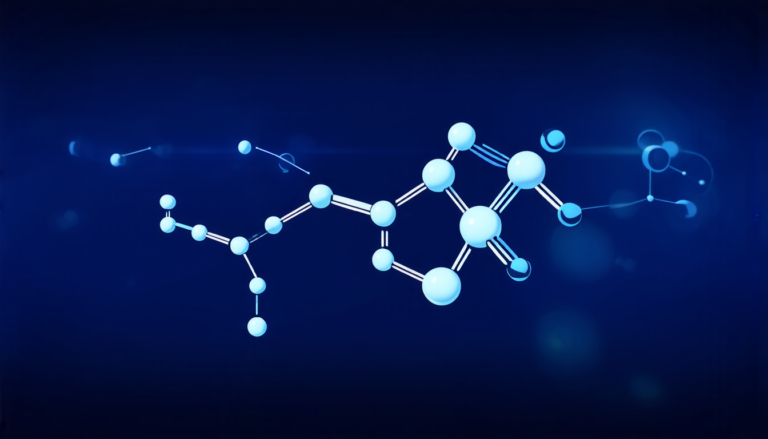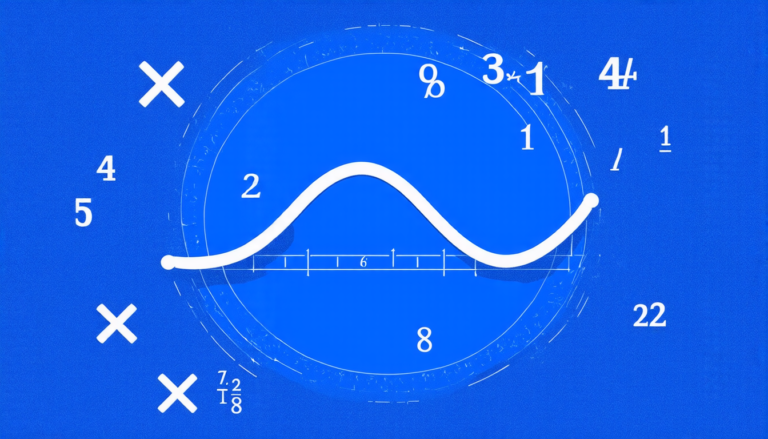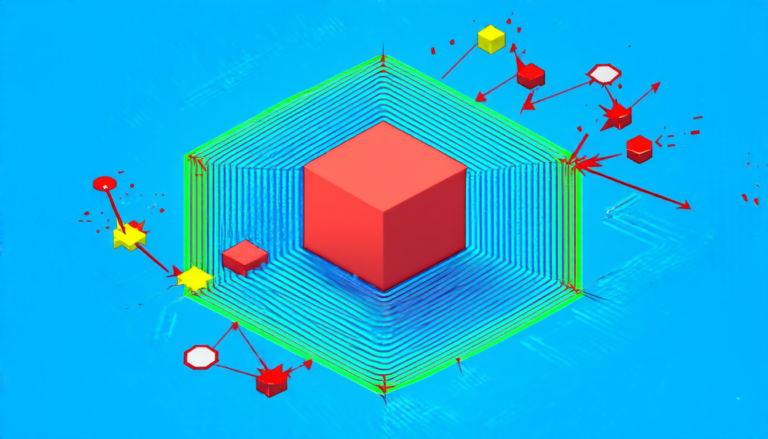Sunday 06 April 2025
Researchers have made a significant breakthrough in understanding the fundamental properties of complex systems, shedding light on the intricate relationships between their components and behaviors. This discovery has far-reaching implications for fields such as physics, biology, and computer science.
At its core, this research is concerned with the concept of mean dimension, which measures the complexity of a system by quantifying how much information it contains. Think of it like trying to compress a video file – the smaller the file size, the less complex the content. In mathematical terms, the mean dimension is calculated using a formula that takes into account the way different parts of the system interact with each other.
The challenge lies in generalizing this concept beyond simple systems and applying it to more complex ones. This is where sofic groups come in – they are mathematical structures that can be used to model real-world systems, such as social networks or biological ecosystems. By studying these structures, researchers can gain insights into how complex behaviors emerge from the interactions of individual components.
The key finding is that the mean dimension of a system can be calculated using a combination of two different metrics: the metric mean dimension and the sofic p-metric mean dimension. These metrics are related to each other in a way that was previously unknown, but now researchers have discovered a formula that links them together.
This breakthrough has significant implications for many fields. In physics, it could help researchers better understand the behavior of complex systems, such as those found in quantum mechanics or cosmology. In biology, it could shed light on how different components of an ecosystem interact with each other and influence the overall behavior of the system. In computer science, it could lead to more efficient algorithms for compressing data and analyzing complex networks.
One of the most exciting aspects of this research is its potential to unify different areas of study. By applying the same mathematical framework to seemingly disparate systems, researchers can gain a deeper understanding of how they are connected and how they behave. This could lead to new insights and breakthroughs in fields that were previously thought to be unrelated.
The discovery also has practical applications. For example, it could be used to develop more efficient algorithms for analyzing large datasets or modeling complex systems. In addition, it could help researchers better understand the behavior of complex networks, which are critical infrastructure in many industries, including finance and transportation.
Overall, this research represents a significant step forward in our understanding of complex systems.
Cite this article: “Unraveling the Secrets of Sofic Group Actions: A New Perspective on Mean Dimension Theory”, The Science Archive, 2025.
Complex Systems, Mean Dimension, Sofic Groups, Mathematical Structures, Social Networks, Biological Ecosystems, Data Compression, Algorithm Efficiency, Network Analysis, Quantum Mechanics, Cosmology.







